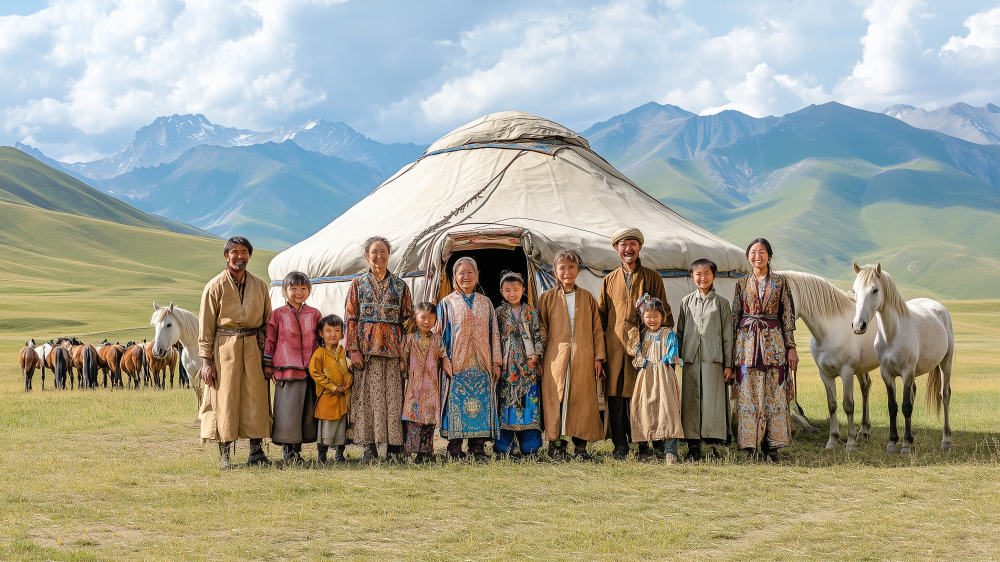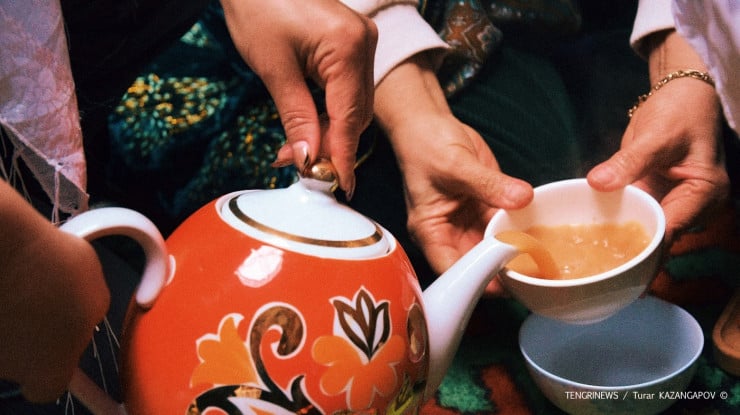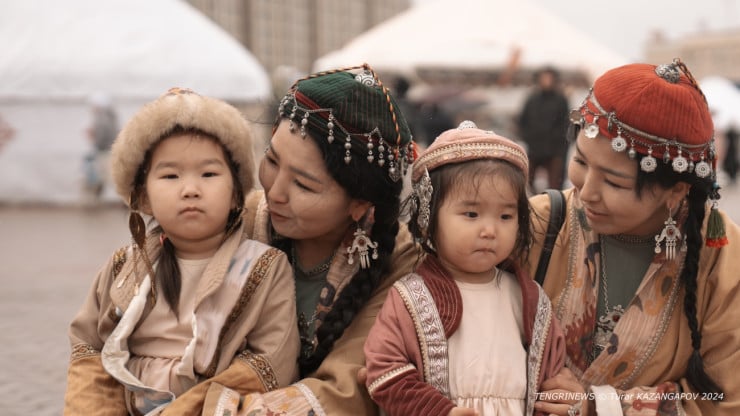
Tengrinews.kz - Why do Kazakhs have so many relatives? How many are there really, and what is the basis of this complex system of relationships? To explore these questions, a Tengrinews.kz correspondent spoke with leading researcher at the Institute of History and Ethnology named after Sh. Sh. Ualikhanov, Saltanat Asanova. Here’s what she shared.





Tengrinews.kz - Why do Kazakhs have so many relatives? How many are there really, and what is the basis of this complex system of relationships? To explore these questions, a Tengrinews.kz correspondent spoke with leading researcher at the Institute of History and Ethnology named after Sh. Sh. Ualikhanov, Saltanat Asanova. Here’s what she shared.
"Family ties play a key role in the social life of every representative of the Kazakh people," says Saltanat Asanova.
According to the expert, there are three main groups of relatives among Kazakhs. The first is Oz Zhurty, which literally means "own people, own relatives," referring to people from the same clan (ru). This is the closest circle—relatives on the paternal side: father, grandfather, grandmother, as well as brothers and sisters, including cousins.
The second group is Nagashi Zhurty, which refers to relatives on the maternal side. This includes mother, grandfather, grandmother, and brothers and sisters, but from the mother's side. Interestingly, according to Saltanat Asanova, the maternal line was often not recognized in patriarchal Kazakh society.
"If you have daughters but no sons, it is believed that you have no grandchildren, as the children of daughters belong to the father's clan. However, this does not diminish the importance of relationships with maternal relatives," continues the historian.
The third group consists of relatives on the wife's side, Kaiyn Zhurty, who are also considered close blood relatives.
As Saltanat Asanova notes, these groups form a complex but well-organized system of family ties among the Kazakh people. Moreover, there are many names for close relatives, which emphasizes the significance of kinship in Kazakh culture.

"For nomadic peoples, blood kinship was sacred, and shedding the blood of relatives was strictly forbidden. Genghis Khan often faced conflicts with blood relatives. That is why he introduced bloodless executions, which became a tradition among the Chinggisids. For example, a condemned person could have molten silver or lead poured down their throat, or they could be rolled up in a felt rug, breaking their spine to avoid bloodshed. The Mongols believed that the soul resides in the blood, and killing without shedding it was considered a blessing for the soul," explains the expert.
Additionally, as Saltanat Asanova states, every Kazakh knew their ancestors up to the seventh generation from childhood. This was related to the concept of heredity.
"It was believed that blood kinship is preserved up to the seventh generation, and only at this level can people stop being considered blood relatives," emphasizes Asanova.
To prevent incest, family ties were calculated exclusively through the paternal line.
Not all Kazakh women were included in the shezhire system — the genealogical record that traced ancestors up to the seventh generation. Only male names were recorded, as it was believed that the lineage is interrupted without a son. The names of women who played important roles in the family were recorded very rarely.

The role of Juz in the kinship system among Kazakhs
"Representatives of the same Juz were not considered blood relatives, but they were close, as they belonged to the same clan," notes the historian. "A juz is an association of Kazakh clans and tribes. The clan was the foundation of the social and political organization of any nomadic society, including the Kazakhs. It was from these clan alliances that the entire structure of society was built," the expert clarifies.

How marriages were formed among representatives of Kazakh Juzs
Saltanat Asanova explains that marriages among representatives of the same Juz were permissible if the rule of seven generations was observed.
"In Kazakh tradition, it was believed that the further the kinship of the wife, the better. Therefore, it was encouraged to marry women from other Juzs or even foreign women. During campaigns, girls were captured and also taken as wives. It was thought that the further away the wife is, the healthier and stronger the offspring will be, and the blood will be renewed," the historian believes.
This approach explains the diversity of Kazakh appearances: among them, one can find individuals with fair skin and darker complexions, as well as people with various eye colors—from green to blue—and a wide range of hair colors—from red to light blonde.
According to Saltanat Asanova, girls were generally not married off to "outsiders." This was motivated by a desire to preserve the clan's gene pool. The more women remained within the clan, the stronger and more numerous it became. Conversely, if the number of women in the clan decreased, so did its strength, leading to gradual extinction.
Blood kinship remains an important part of Kazakh life in modern society, the historian is confident. The clan system, existing since ancient times, has retained its names and significance to this day.
Saltanat Asanova noted that in ancient times, the Kazakh state was called Yel, which translates to "people." The strength of the Kazakh people lay not in geographical borders but in the unity of individuals through kinship ties, which played a key role in the development of territory perceived as ancestral land. Thus, the clan connections of Kazakhs, rooted in antiquity, remain a vital element of their culture, explaining why Kazakhs have so many relatives with whom they maintain strong ties.

 +7 (777) 001 44 99
+7 (777) 001 44 99



 Қазақша
Қазақша Русский
Русский English
English













































